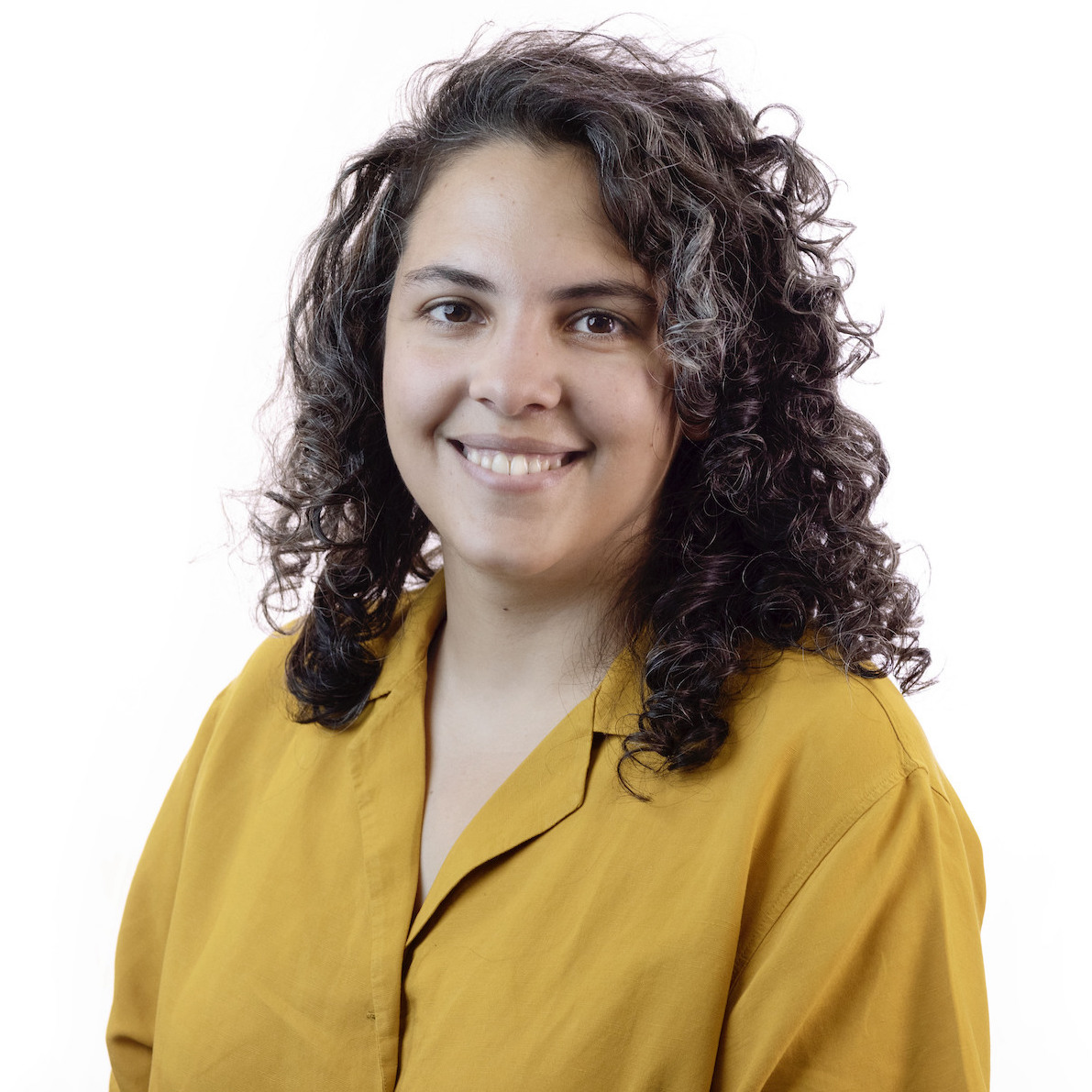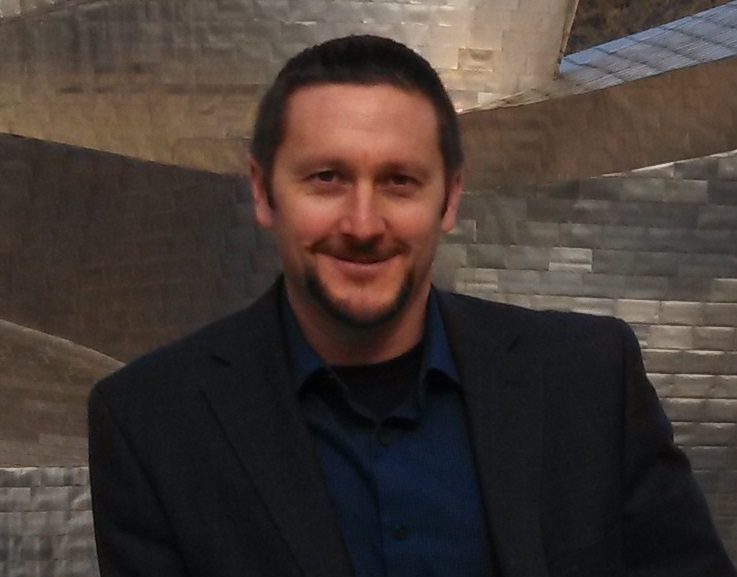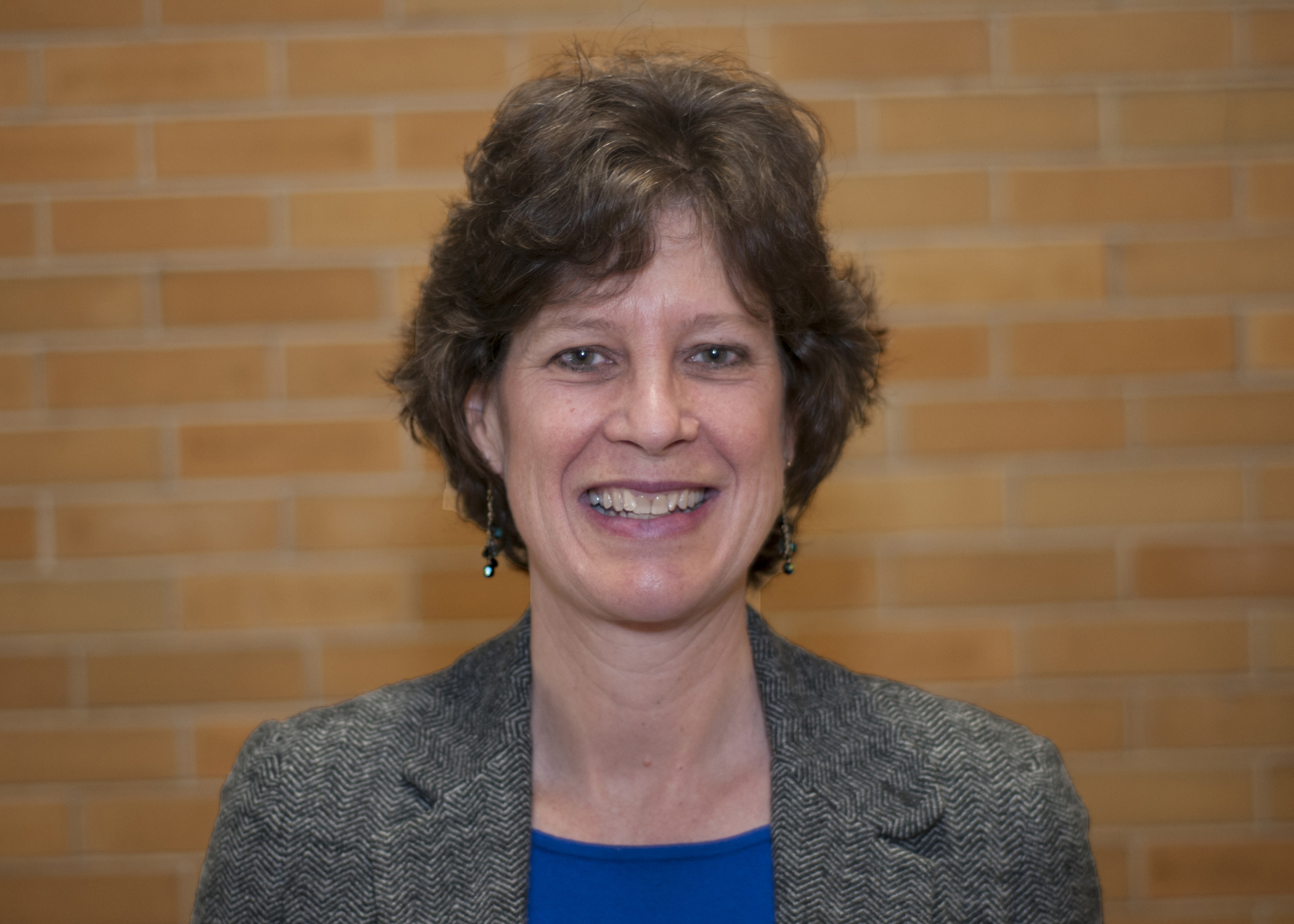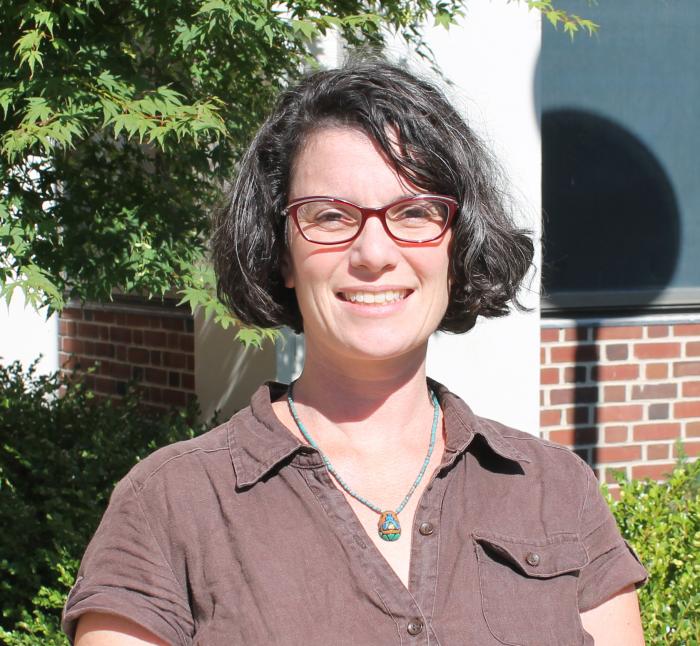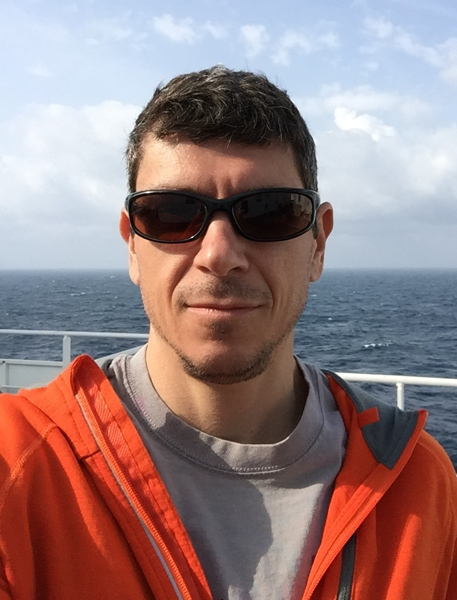Meet the Instructors
Spring 2024
|
Dr. Antonia Hadjimichael |
Dr. Antonia Hadjimichael is an interdisciplinary scientist whose research focuses on water resources planning for the future and understanding climate impacts on communities across the United States. In her research she uses tools like data and visual analytics, artificial intelligence, and high-performance computing. Contact Information: Please email me using Canvas. If Canvas is down you can reach me at hadjimichael@psu.edu |
| Fall 2023 | |
|
Dr. Erin DiMaggio |
Dr. Erin DiMaggio is a sedimentary geologist and volcanologist in the Department of Geosciences at Penn State University. Her research is focused on extensional sedimentary basins and tephrochronology. She received her Bachelor’s degree from the University of Michigan, and a Master's and PhD from Arizona State University. Before joining the faculty at Penn State in 2014 she taught at Occidental College in Los Angeles. She has taught classes in sedimentary geology, and field geology, as well as freshman seminars. She conducts research primarily in Africa but has also worked on geomorphology and tectonics-related projects in Spain and Mexico. Dr. DiMaggio is part of an interdisciplinary team made up of geologists, archaeologists, and paleoanthropologists that work together to solve important questions about human evolution in Africa. Her main research is focused on studying 2 to 3 million-year-old sedimentary rocks and volcanic ash layers in Ethiopia to learn about past depositional environments, rift tectonics, and volcanic systems. Contact Information: Please email me using Canvas. If Canvas is down you can reach me at dimaggio@psu.edu |
| Other semesters | |
|
Dr. Antonia Hadjimichael |
Dr. Antonia Hadjimichael is an interdisciplinary scientist whose research focuses on water resources planning for the future and understanding climate impacts on communities across the United States. In her research she uses tools like data and visual analytics, artificial intelligence, and high-performance computing. Contact Information: Please email me using Canvas. If Canvas is down you can reach me at hadjimichael@psu.edu |
|
Dave Yoxtheimer
|
David Yoxtheimer, Ph.D., P.G., is a research professor within Penn State’s College of Earth and Mineral Sciences and an extension associate with the Marcellus Center for Outreach and Research (MCOR). Dave serves as a liaison to advise stakeholders on environmental and water management with unconventional shale and renewable energy development, including the transition toward low-carbon, sustainable energy sources. He earned his B.S. in Earth Science and his Ph.D. in Geosciences from Penn State where he is an instructor in hydrogeology, water policy, and shale energy geology classes. Prior to joining Penn State, he spent 18 years as a consulting hydrogeologist with expertise in water supply development, karst hydrogeology, geophysical surveying, shale energy geology, environmental investigations, and integrated water resource management. Dave currently serves as an appointed voting member and chairs the Pennsylvania Department of Environmental Protection’s Oil and Gas Technical Advisory Board. In addition, Dave is the founding chairperson of the Keystone Water Resources Center, a non-profit corporation that monitors surface water and groundwater resources in central Pennsylvania. |
|
Dr. Susan Brantley |
Dr. Susan Brantley is an aqueous geochemist in the Department of Geosciences at Penn State University. Her research is focused on soil formation processes and water quality issues related to hydrofracking. She received her Bachelor’s, Master’s, and Ph.D. degree from Princeton University. She joined the faculty at Penn State in 1986. She has taught classes in environmental geosciences, aqueous geochemistry, as well as freshman seminars. She has worked all around the world, including Iceland, Tanzania, and the United States. Contact Information: Please email me using Canvas. If Canvas is down you can reach me at sxb7@psu.edu |
|
Dr. Maureen Feineman |
I am interested in understanding the processes that take place beneath the Earth’s surface in the lower crust and upper mantle. My primary tool is geochemistry. I use a combination of analytical geochemistry, experimental petrology, and numerical modeling to understand subsurface processes. A main focus of my research has to do with fluid-rock interaction at subduction zones, including metamorphic reactions in the downgoing slab, interaction of slab-derived materials with the mantle wedge, and volcanic processes occurring immediately prior to and during eruptions at volcanic arcs. |
The materials for this course were developed by three professors, Dr. Michael Arthur (at Penn State - UP), Dr. Damien Saffer (formally at Penn State-UP, now in Texas) and Dr. Patrick Belmont at Utah State.
Dr. Michael Arthur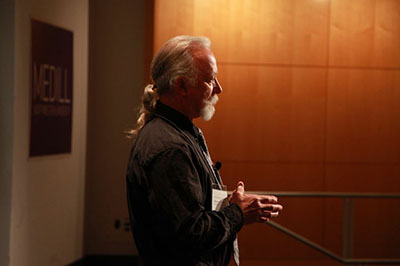 |
Dr. Michael Arthur is a Professor Emeritus of the Department of Geosciences at Pennsylvania State University, where he worked since 1990 and was Co-Director of the Marcellus Center for Outreach and Research at Penn State. Dr. Arthur is a sedimentary geologist/geochemist with an interest in climate and paleoclimate and water/rock interactions. He received his Bachelors and Masters Degrees at the University of California, Riverside, and a PhD from Princeton University. He has also worked with the U.S. Geological Survey, the University of South Carolina, and the Graduate School of Oceanography at the University of Rhode Island. He is a Fellow of the American Association for the Advancement of Science, the American Geophysical Union, and the Geological Society of America. Among other awards, he received the Francis P. Shepard Medal in Marine Geology from the Society of Sedimentary Geology and the Lawrence L. Sloss Medal from the Geological Society of America. |
|
Dr. Demian Saffer |
Dr. Demian Saffer works on the crossroads between geohydrology, active tectonics, fault mechanics, and structural geology. His group's research focuses on quantifying the relationships between fluid flow, mechanics and deformation, solute transport, and heat transport in a range of geologic settings. Specifically, my group's work centers on two basic themes: (1) understanding factors that control the distribution and magnitude of fluid pressure, particularly at active plate boundaries, and (2) constraining the flow pathways and fluid budgets in these dynamic hydrologic and tectonic settings. |
| Dr. Patrick Belmont (Utah State University) |
Patrick Belmont is an Assistant Professor in the Watershed Sciences Department at Utah State University. His research combines hydrology and geomorphology with general interests in landscape evolution and sediment dynamics of modern river systems. He works in a wide variety of landscapes, from the upper Midwest to the Pacific Northwest, southern Utah and Death Valley. Some of the over-arching questions of his research program include: How do climate, geologic history, and human activities in a landscape influence river hydrology and sediment dynamics? What are the mathematical laws that govern the erosion, transport, and deposition of sediment and how do those processes function at the watershed scale? How do landscapes and ecosystems co-evolve? What are the primary drivers and feedback mechanisms that determine the dynamics of life and its landscape? Patrick teaches several courses at USU, including Small Watershed Hydrology, Fundamentals of Watershed Science, and Sediment Transport in Stream Assessment and Design. Prior to coming to USU in 2009, he was a Postdoctoral Research Associate at the University of Minnesota working with the National Center for Earth Surface Dynamics in the Department of Civil Engineering. Research during his post-doc identified a profound shift in sources of fine sediment in the upper Mississippi River Basin. Specifically, fifty years ago the majority of the sediment was derived from agricultural fields. More recently, the amount of sediment has not changed, but the source has shifted to near-channel erosion of streambanks and bluffs, which dramatically changes the conservation, policy and management strategies needed to reduce sediment loading. Prior to Minnesota, Patrick completed his PhD (geomorphology) and MS (aquatic ecology) in Earth and Environmental Sciences at Lehigh University and his BS in Molecular Biology at Texas Christian University. In his shrinking pot of spare time, Patrick explores/skis the mountains near Logan, Utah where he lives with his wife and daughter, and with diminishing frequency and ability, runs and plays golf. |

